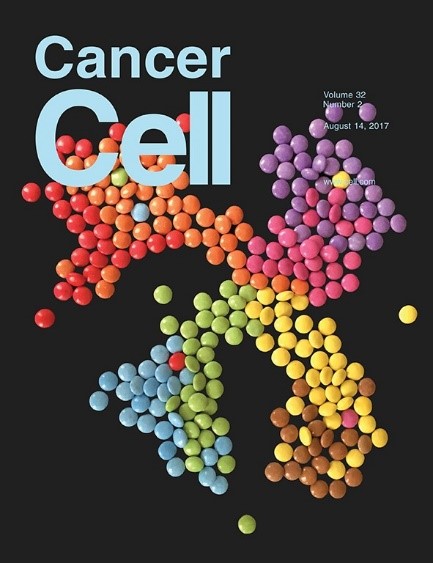Abstract: The adversarial risk of a machine learning model has been widely studied. Most previous works assume that the data lies in the whole ambient space. We propose to take a new angle and take the manifold assumption into consideration. Assuming data lies in a manifold, we investigate two new types of adversarial risk, the normal adversarial risk due to perturbation along normal direction, and the in-manifold adversarial risk due to perturbation within the manifold. We prove that the classic adversarial risk can be bounded from both sides using the normal and in-manifold adversarial risks. We also show with a surprisingly pessimistic case that the standard adversarial risk can be nonzero even when both normal and in-manifold risks are zero. We finalize the paper with empirical studies supporting our theoretical results. Our results suggest the possibility of improving the robustness of a classifier by only focusing on the normal adversarial risk.
Zhang, Wenjia, Yikai Zhang, Xiaoling Hu, Mayank Goswami, Chao Chen, and Dimitris N. Metaxas. 28--30 Mar 2022. “A Manifold View of Adversarial Risk.” In Proceedings of The 25th International Conference on Artificial Intelligence and Statistics, edited by Gustau Camps-Valls, Francisco J. R. Ruiz, and Isabel Valera, 151:11598–614. Proceedings of Machine Learning Research. PMLR.


